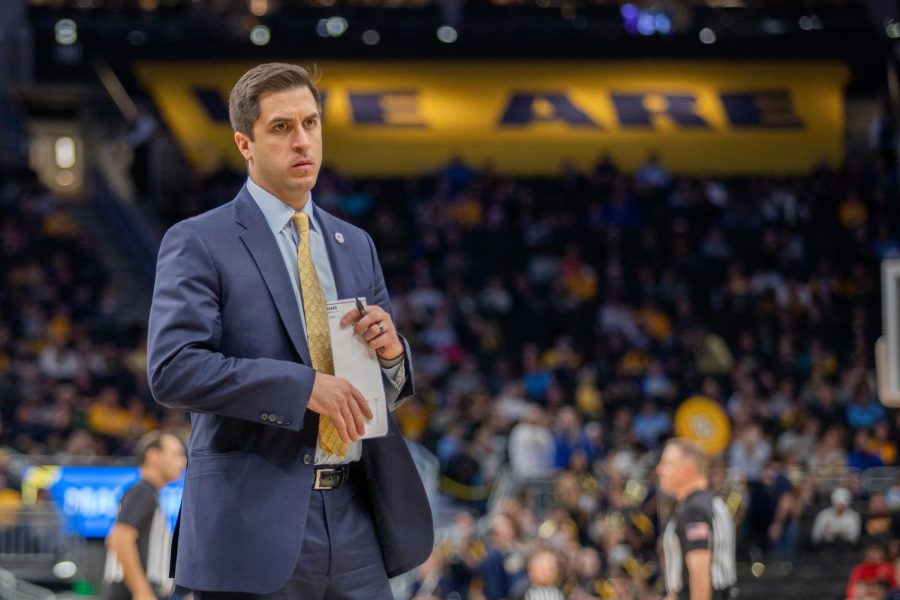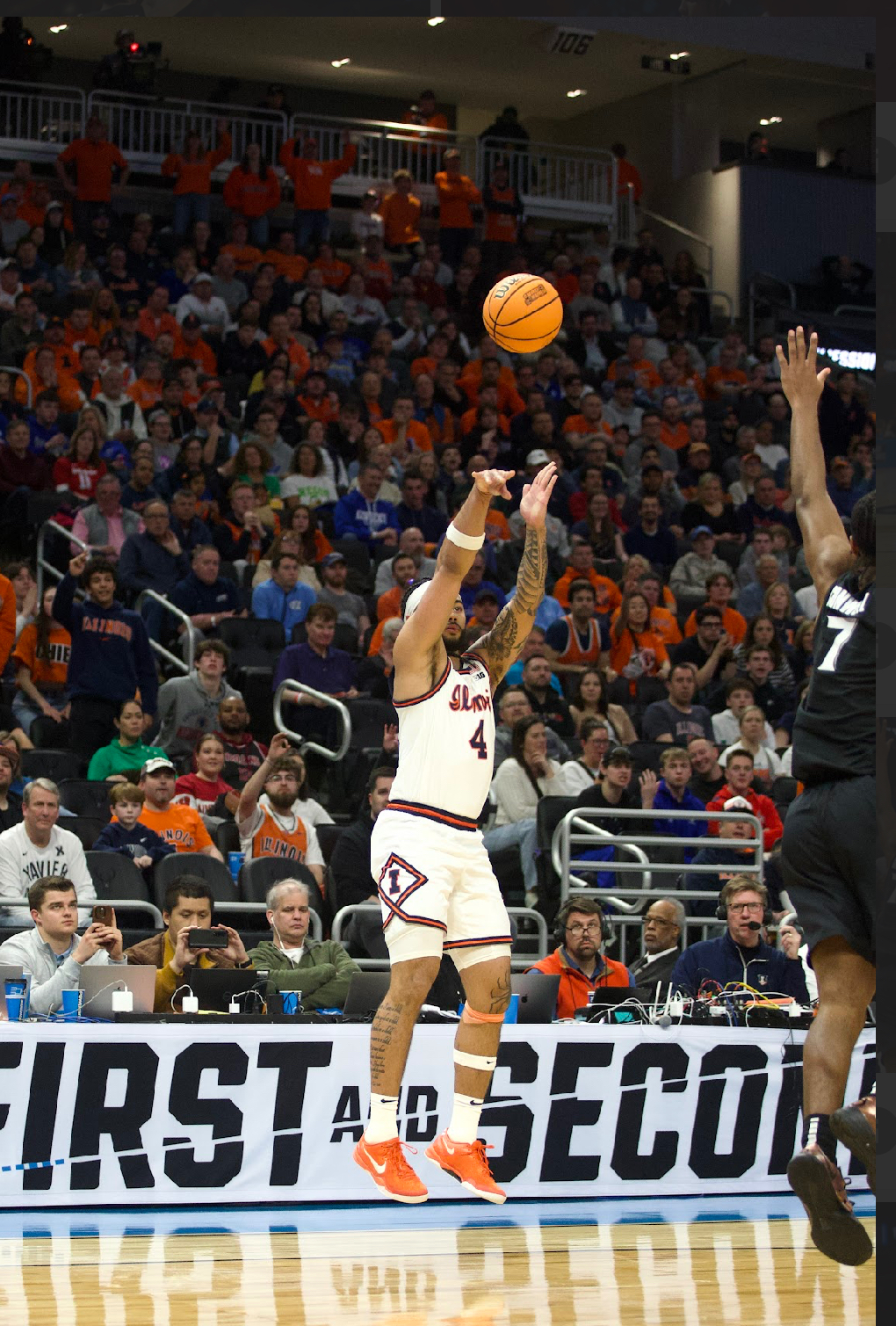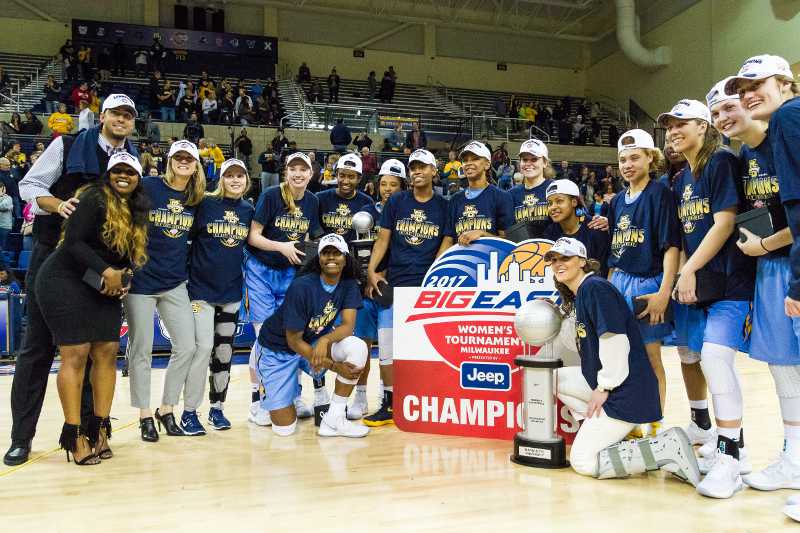March Madness season is in full swing, but both coaches and players who are still dancing are simultaneously splitting their focus to the controversial transfer portal, which first opened up March 24 and will close April 22.
Some coaches have already expressed frustration with the transfer portal opening before the NCAA Tournament ended.
“So, Monday, we’re really prepping for a game and were having individual meetings about, ‘Are you coming back? What are you doing?” Arkansas men’s basketball coach John Calipari said in a press conference after his team’s second-round win over St. John’s March 23.
View this post on Instagram
Michigan State men’s basketball coach Tom Izzo expressed his frustration last week during a press conference but still wanted to stay focused on the task at hand.
“I’m gonna worry today about the guys I got in this program that have done an incredible job this year, and that’s it,” Izzo said.
View this post on Instagram
This is a problem for all the coaches who are still in the tournament, but like Izzo said, the focus needs to be on the task at hand, which is winning a championship. For some teams, it is easier than for others to focus on that task. While Michigan State is focusing on the title chase, there seems to be a distraction with the other Michigan team in the Sweet Sixteen.
Michigan guard Justin Pippen, who is the son of legendary NBA star Scottie Pippen, entered the portal last Monday while his team was preparing to take on Auburn in the Sweet Sixteen. Pippen averaged 1.6 points per game and shot 27.3 percent from the field in his only season in Ann Arbor.
Because of the timing of the transfer portal, coaches and players are being put in a tough spot. While Pippen wanted to transfer, it now looks like he is quitting on his team since they were still dancing when he announced his decision.
The transfer portal is only open for 30 days, and the NCAA is not considering the teams still dancing when thinking about opening it.
All over the sports world, people are talking about how ridiculous it is that the transfer portal is opening during the postseason tournaments. Former NFL star and CBS analyst J.J. Watt tweeted this out on Sunday: “Literally cannibalizing your own sport.”
The NCAA transfer portal opening before March Madness ends (same as football portal opening before bowl season ends) is preposterous.
Literally cannibalizing your own sport.
Imagine NFL free agency starting the Monday after Wild Card Weekend…
— JJ Watt (@JJWatt) March 23, 2025
He is saying what everyone is thinking. The NCAA is putting the athletes in a tough position, and you do not ask that of professional athletes, so how can you ask that of college athletes?
Men’s college basketball isn’t the only sport feeling the frustration.
“It really plays on your ability to compartmentalize,” South Carolina women’s basketball coach Dawn Staley said last Thursday.
View this post on Instagram
The transfer portal, over the last few years, has also affected how far the Cinderella teams have gone. In this tournament, the lowest seed in the Sweet Sixteen is 10-seeded Arkansas, which is a power-five school. This is the first year since 2007 that an 11-seed or higher has not made the Sweet Sixteen.
We have seen over the past few seasons that a lot of players from those mid-major teams after they make a run in the tournament and then transfer to a power-five program. Purdue is the only school in the Sweet Sixteen whose starters played their entire career to this point at one school.
Where every Sweet 16 Team’s Starting-5 began playing college basketball.
(Try to figure out which teams are which) pic.twitter.com/MPomf1dyuT— NCAA Buzzer Beaters & Game Winners (@NCAABuzzerBters) March 25, 2025
Former UC San Diego women’s basketball player and current sports communication professor at Marquette University Lillian Feder said that she noticed a reason for this trend.
“Over the last 10 years, we have seen a trend towards athlete autonomy, and you see the culture of college athletics shifting where the athletes feel more empowered to advocate for themselves in a variety of capacities,” Feder said.
Athletes used to have to sit out a year if they transferred, but in 2021, the regulations changed, and athletes were allowed to play right away. Name, image, and likeness have been a huge part of that, which has helped shift the college athletics landscape to the way we know it today. That is why we see so many teams in college basketball and football go to the transfer portal to get players who can make an impact immediately.
The problem that people in the sport have, and those who are outside the sport but love it, is not that there is a transfer portal or that athletes are getting paid through NIL. The transfer portal is opening while teams are still playing in postseason tournaments, and all the talented players are getting poached from the mid-major schools by all the programs with the most money. That eliminates the parity between the programs all around the country.
With the portal opening during March Madness, it creates an unwanted distraction in programs that may not be able to be avoided. The problem can be solved by opening the portal on April 8, once the season is over, and closing 30 days later on May 8.
The number of players that have entered the transfer portal is out of control — 1,000+ men’s and women’s players entered in the first two days it was open. To control that, there will have to be a conversation between commissioners to figure out if it has gotten out of control and how to move forward.
All we know is the first transfer portal session in spring opened too early and is affecting teams in the Sweet Sixteen. It does create a competitive disadvantage for the teams still in the tournament because they are trying to focus on winning a championship, while other teams are adding players from the transfer portal for their team next season.
The question is, what happens next?
This story was written by Brian Wilson. He can be reached at b.c.wilson@marquette.edu or on Twitter/X @BWilson75420.












